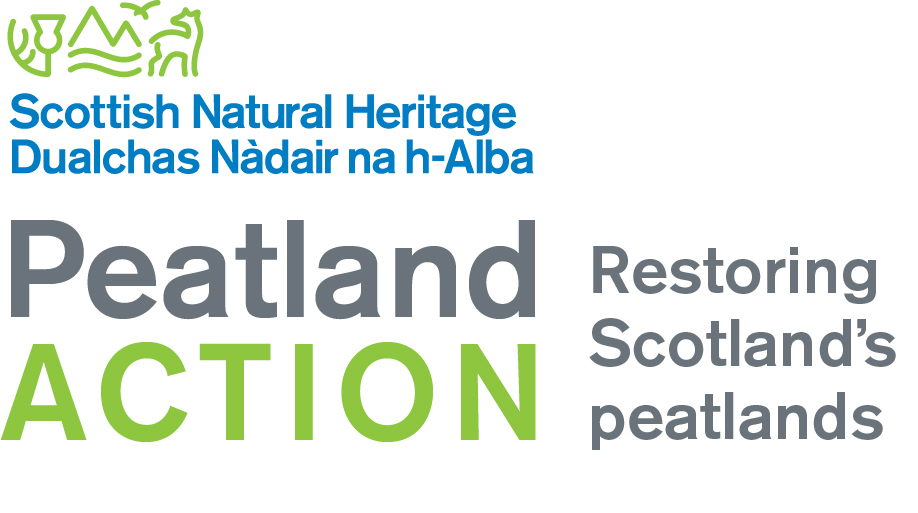Welcome to the Peatland Learning Module!
In Scotland, people have been living in close proximity to peatlands for centuries. Peatlands, which are also known as bogs, quags or mires, are an integral part of typical Scottish landscapes that have been transformed over time. Past management practices have shaped how these landscapes look today, and management decisions today will influence what Scottish peatlands will look like in the future.
This learning module has been designed to help explain what peatlands are and how they are managed. The module will take you through different key features of peatlands in Scotland, the benefits they provide and introduce the possibility of restoring degraded peatlands.
This learning module has been created by researchers from Scotland’s Rural College (SRUC), The James Hutton Institute and the University of Leeds to support Scottish Natural Heritage's Peatland Action programme. The tool has been developed using available scientific information and expert opinion gathered from a series of scientific workshops.
At the end of this learning module, which will take 10-15 minutes to complete, there will be the possibility for you to fill in a feedback form, so that you can provide your views and opinions.
The descriptions and drawings shown in this learning module are open access under the Creative Commons License and can be used without charge by anyone. For that, follow the links and instructions provided at the end.
Acknowledgements
This work has been funded by the Scottish Government Strategic Research Programme (2016 – 2021) and water@leeds, the interdisciplinary water research centre of the University of Leeds; and is supported by Scottish Natural Heritage.
If you use any of the information or images shown here, please refer to this work in the following way:
Martin-Ortega, J., Glenk, K., & Byg, A. (2017). Online Peatland Learning Module. Peatland Action, Scottish Natural Heritage.




